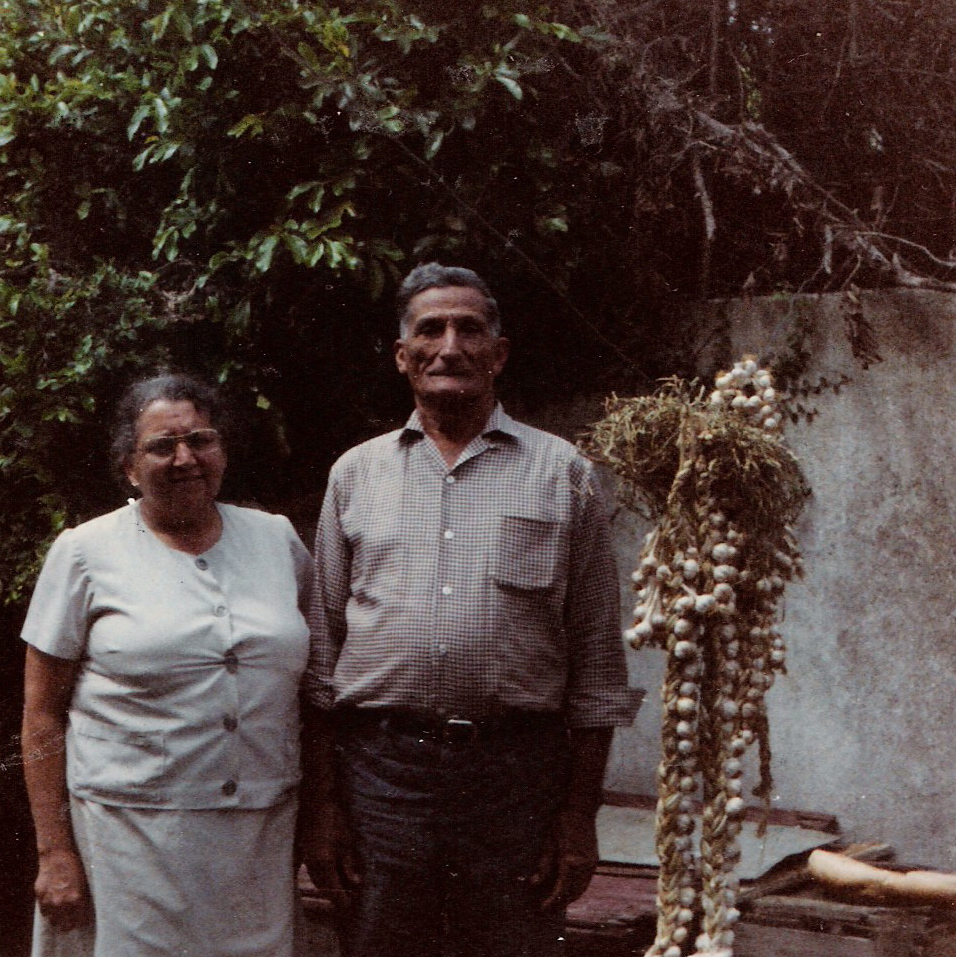
In the 1950s, Howard and Pearl Wolgemuth traveled to Cuba as missionaries and started a Brethren in Christ congregation there. But in 1959, with the rise of Fidel Castro’s Communist regime, the Wolgemuths were forced to return to the U.S., leaving the fledgling church to develop without oversight from experienced leaders.
For many years, la Iglesia de Los Hermanos en Cristo in Cuba was led by Juana Garcia de Gonzales, a woman who had lived with and assisted the Wolgemuths in their early ministry. (She was one of the only church leaders with bible institute training.) By the 1970s, Garcia had become president of the national church and pastor of the congregation at Cuatro Caminos.
Carlton Wittlinger provides a glimpse of Garcia’s ministry in his book Quest for Piety and Obedience:
[In a mid-1970s letter to the Wolgemuths,] Garcia . . . drew attention to the fact that some churches in Cuba were being visited by denominational representatives from Canada. She asked whether it might be possible for a Canadian member of the Board for World Missions to visit the Brethren in Christ Church at Cuatro Caminos.
After careful consideration and planning, Ross Nigh of Niagara Falls, Ontario, secured a Cuban visa and arrived at Havana in January 1976. He was greeted by Rafael Curbelo, treasurer of the Cuban Church . . . .
The next day . . . Nigh arrived at the little church in Cuatro Caminos during the morning service. There he presented to Juana Garcia a Spanish pulpit Bible when she had requested. After all had examined this Bible, she took it into the pulpit, read a passage, and then wept as she prayed. Through an interpreter Nigh learned that her prayer was for the Bible to last until Jesus comes.
Following the service, Nigh had a long conversation with Juana Garcia and her husband, Julio Gonzales. She recounted the trials of the early days of the revolution, and the difficulties of leading a church without a trained or ordained leadership. She said that for more than fifteen years they had not had a “Brethren in Christ baptism.” With an ordained minister available, she wanted two recent women converts to be baptized by trine immersion. . . .
Wittlinger’s account, written in 1978, caught a glimpse of the Cuban church at a particularly difficult time in its development. In that year, the church’s membership was 18; its annual budget was about $2,500 (U.S.). It had to “make an annual report to authorities about its finances, names and occupations of members, and organization.” Today, approximately 5,000 to 6,000 church members worship in 28 congregations.
In addition to this incredible growth, the Cuban church has also played a significant role in the expansion of the North American church’s Spanish-language constituency. In the 1960s, 1970s, 1980s, and 1990s, Cuban church members — including current denominational leaders like Eduardo Llanes — immigrated to the U.S. Many settled in Miami, where a number of Brethren in Christ churches eventually started up under their leadership. Today, the primarily Miami-concentrated Spanish-language constituency constitutes 20% of all North American Brethren in Christ members.
Unfortunately, very little historical research has been conducted or published on this topic. Hopefully, pioneering historians of Brethren in Christ missions will soon examine this woefully understudied aspect of our religious heritage.

Beautiful story!